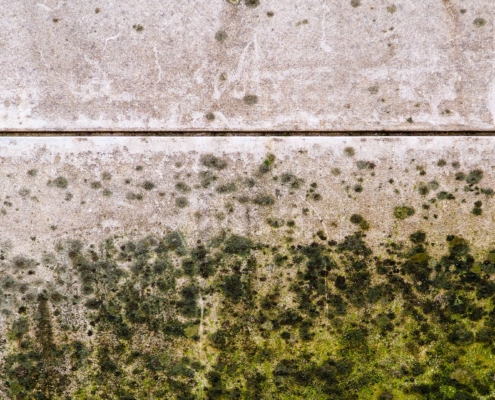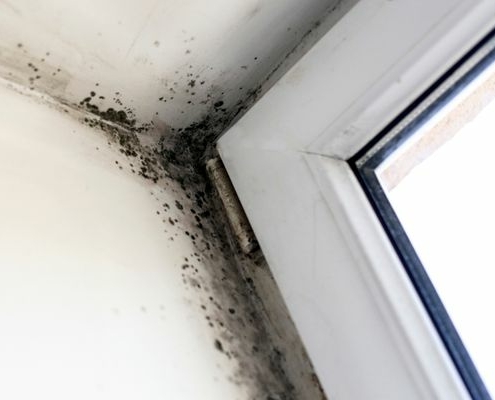Invest in Peace of Mind
Get a Home Inspection Today
Proudly Providing Home Inspection Services
West Ivy Home Inspection is proud to serve the Greater San Diego area, including Temecula and Orange County.
| Residential Home Inspections | Commercial Inspections |
| Condominium Inspections | Multi-Unit Inspections |
| Apartment Conversions | Pool and Spa Inspections |
| Building Permit Research |
Contact Us
We love hearing from you anytime!
Call, text or email us if you have any questions or use the online scheduler to set up a home inspection.
Call, text or email us if you have any questions or use the online scheduler to set up a home inspection.


